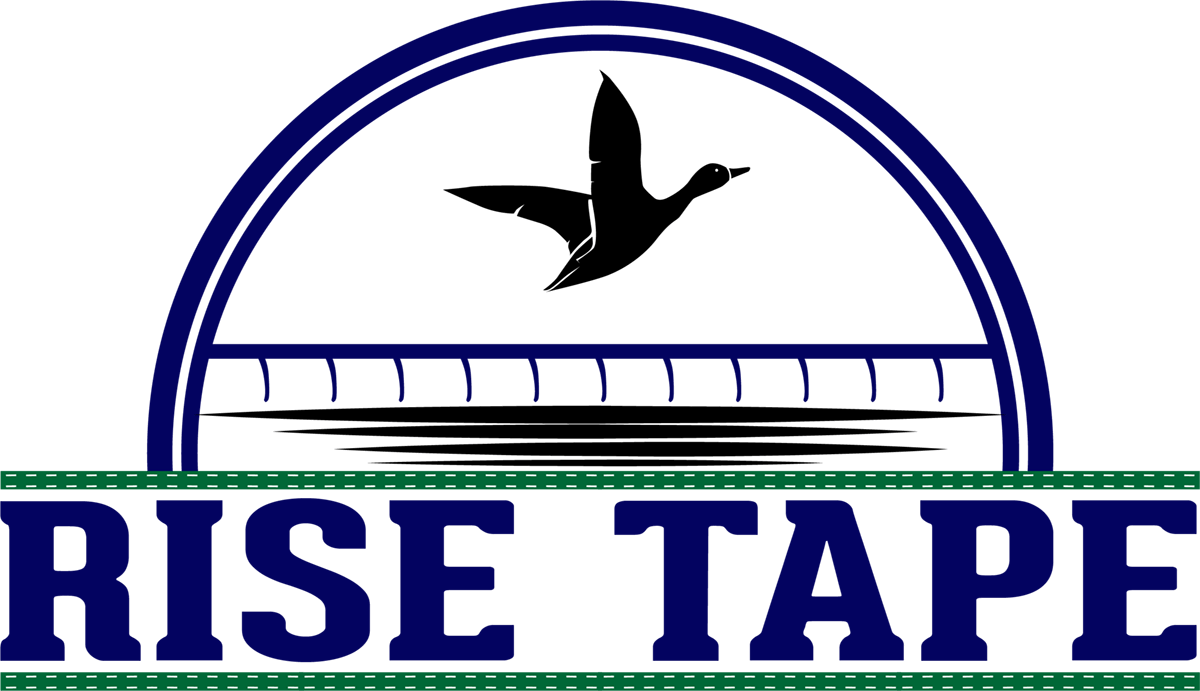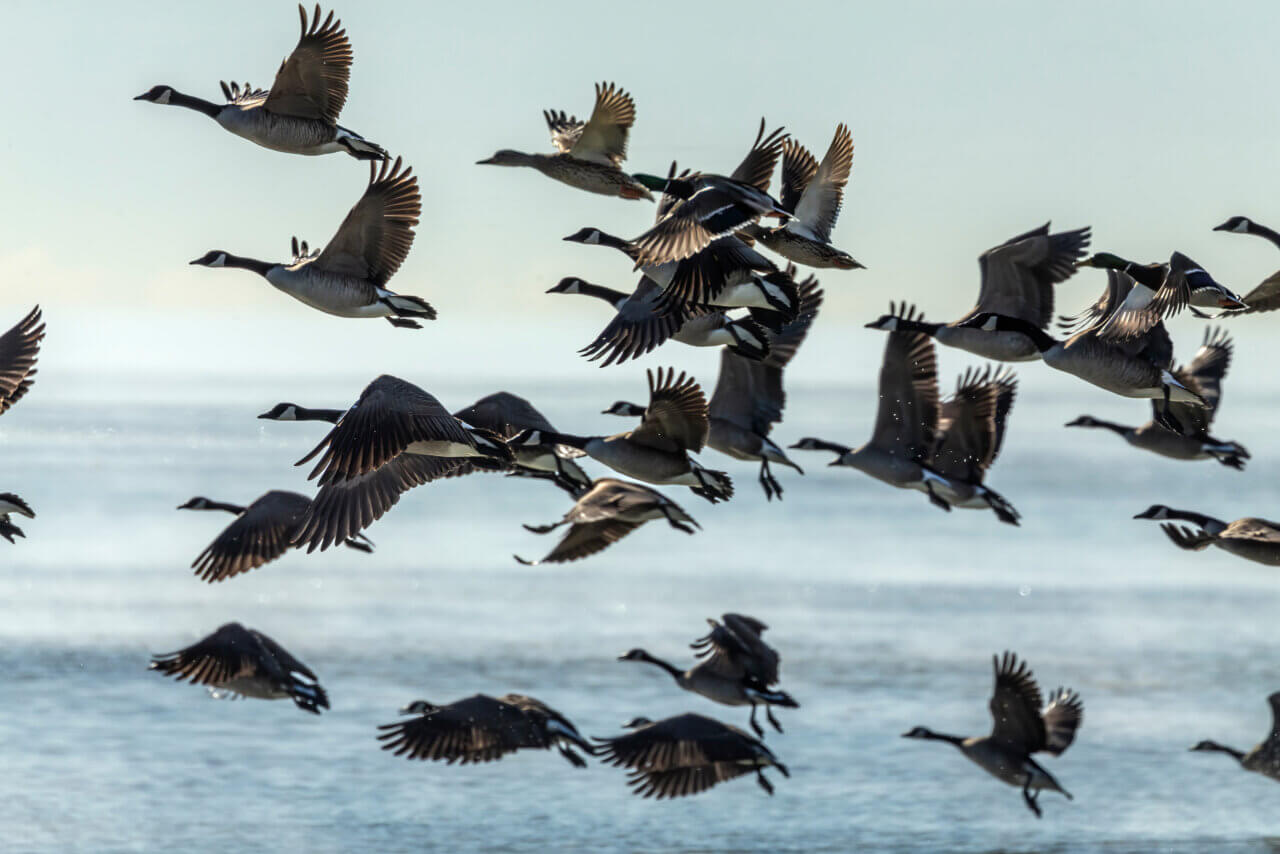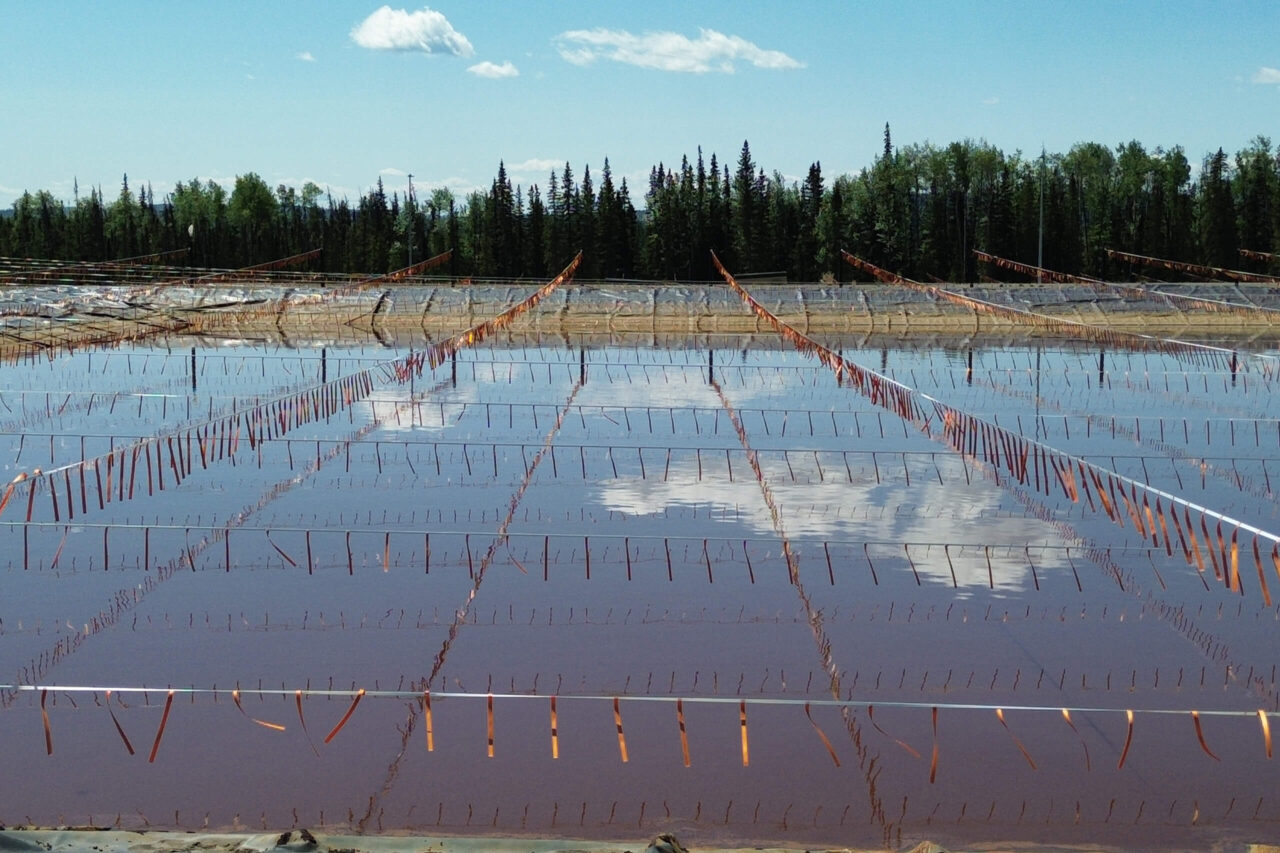Every year, migratory birds return in waves that signal the changing seasons. While these flights are awe-inspiring, they also bring unique challenges for property owners and operators of sensitive facilities. Birds searching for food, water, and nesting grounds often settle in undesirable areas such as wastewater sites and agricultural infrastructure. These intrusions can lead to costly cleanup, property damage, and even compliance issues, which makes proactive bird control essential during migration seasons.
Rise Tape offers a humane, visually-based deterrent system that helps prevent birds from landing or nesting in critical areas. While timing plays a key role in effectiveness, it’s never too late to take action, even mid-season deterrents can reduce bird activity and prevent long-term issues.
Why Migration Seasons Demand Proactive Bird Control
Migratory birds often arrive before we expect them — scouting begins weeks ahead of the main flock movement. Once they nest, many species are protected under environmental laws, which can vary significantly between jurisdictions and may make removal difficult or illegal. It’s important for property owners to be aware of local regulations and plan accordingly.
Preventing birds from establishing a presence in the first place is far more effective than managing the consequences after the fact. Early deterrent installation reduces mess, discourages colony behaviour, and supports compliance with wildlife protection laws.
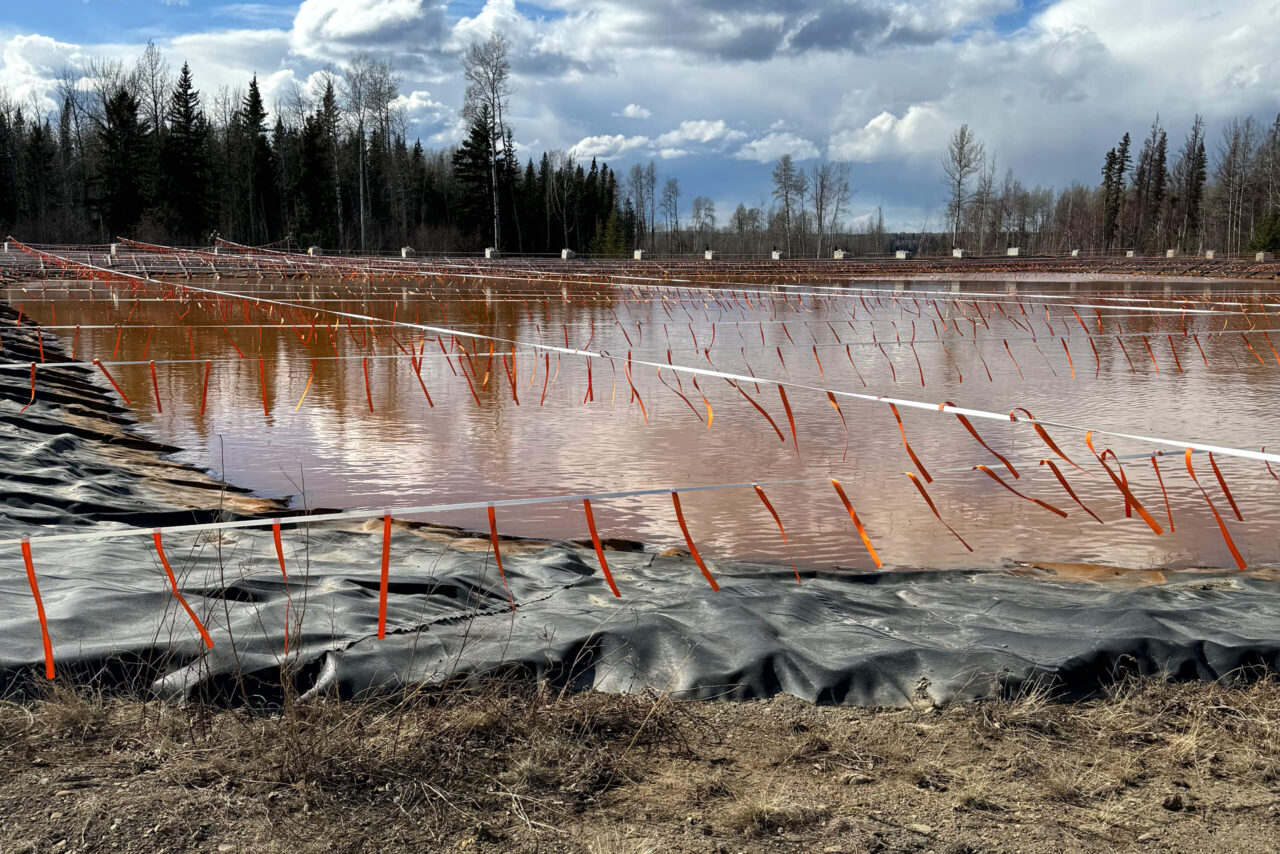
Compliance & Environmental Health Considerations
In many regions, bird deterrents aren’t just helpful , they’re often a regulatory expectation, especially around facilities where birds may be exposed to hazardous substances.
In Canada, operators of produced water ponds and tailings facilities must take measures to keep birds away from contaminated areas:
- Migratory Birds Convention Act (MBCA): Prohibits the deposit of harmful substances in areas frequented by migratory birds and the harming of those birds themselves.
- Species at Risk Act (SARA): Makes it an offense to harm listed wildlife species.
- Alberta Environmental Protection and Enhancement Act: Requires that hazardous materials be stored in ways that prevent contact with wildlife.
- Alberta Energy Regulator (AER) Bulletin 2023-33: Reminds licensees of their duty to implement waterfowl protection plans and to adjust deterrent programs in response to seasonal migration shifts.
Failure to comply could result in hefty fines. For example, in 2024, a major energy operator in Canada was fined over $270,000 after hundreds of birds and other wildlife were exposed to toxins in a tailings pond due to inadequate bird control during 2002 migration season.
Regional Migration Timelines & Installation Calendar
Different regions experience bird migration at different times. Here’s a guide to help you plan timely installations of Rise Tape:
| Region | Spring Migration | Fall Migration |
|---|---|---|
| Canada/Northern US | March – May | August – October |
| Southern US | February – April | September – November |
| UK | March – May | September – October |
| Australia | August – October |
These are best-practice timelines, local weather and migration patterns may vary year to year. Australia does not experience a traditional fall migration. Instead, bird activity peaks during the summer breeding season (November – January), making early deterrent installation important.
Installation Tips for Maximum Effectiveness
- Start early: Deterrents work best before birds arrive or start nesting, and it also helps beat the seasonal rush when many operators are trying to secure product and installer availability.
- Maximize visibility: Install Rise Tape in a grid pattern, this layout helps ensure consistent deterrent coverage across the entire area.
- Inspect & maintain: Rise Tape is durable and can last 5 to 10 years, but seasonal inspections are still key to long-term effectiveness. Repair any damaged sections as needed to ensure optimal performance.
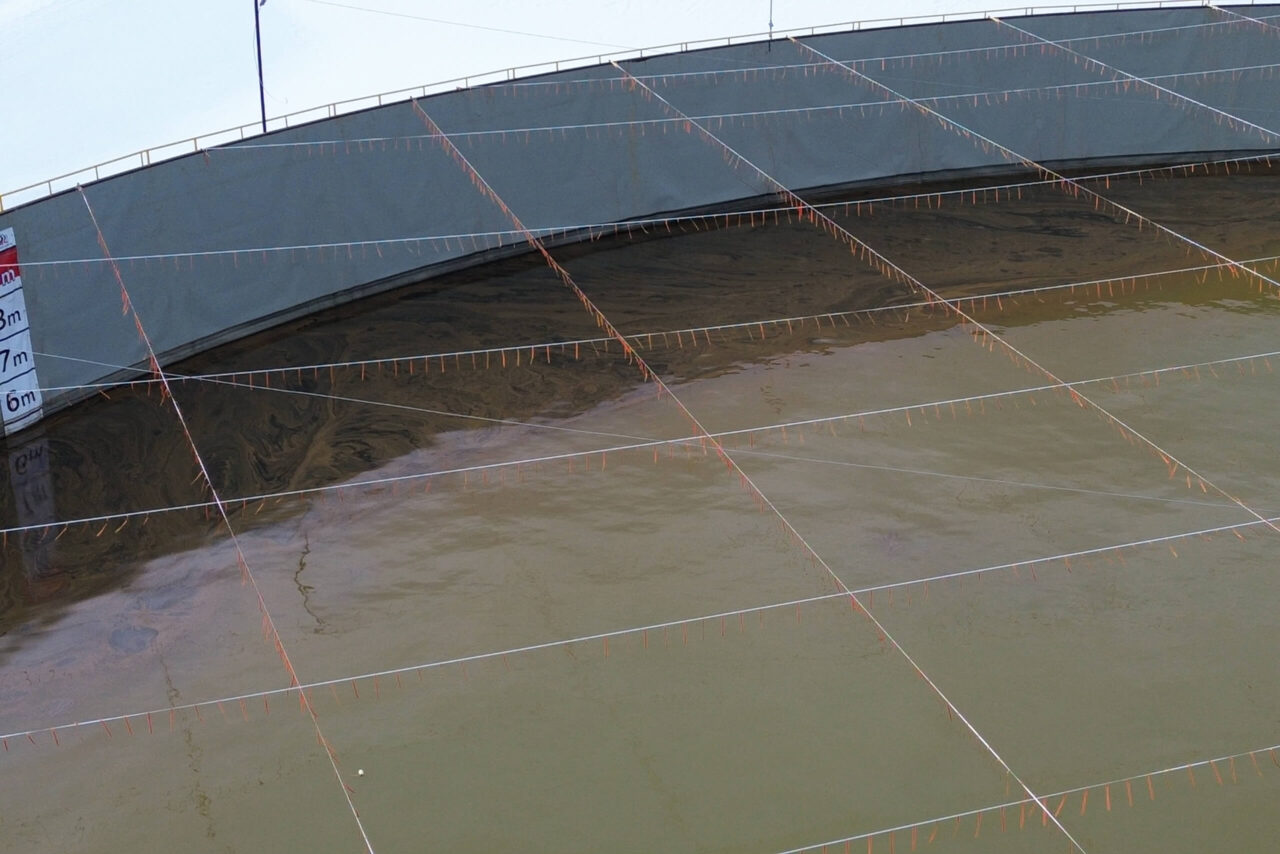
Conclusion
Rise Tape offers a simple, effective solution that helps property owners stay compliant, reduce damage, and avoid the seasonal scramble for supplies and installers during peak migration months. With no electricity, no harm, and no complex setup, it’s a preferred option for compliance-conscious operations, and a practical one for any property owner looking to get ahead of the season. Contact us today to prepare for the migration season in your region.
